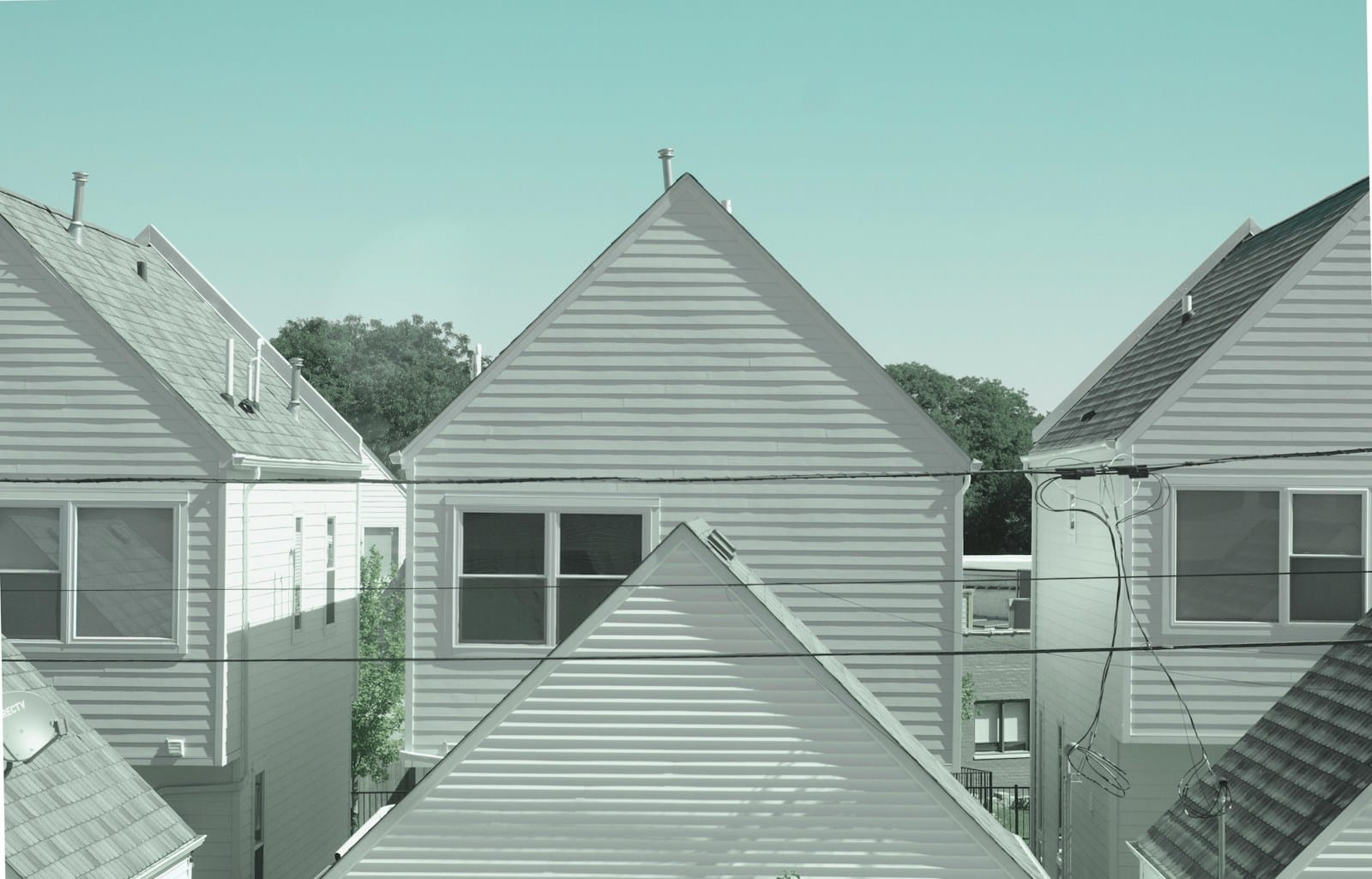
Suburban real estate markets have undergone a radical transformation in recent years, seeing unprecedented growth and reshaping the landscape of housing in America. The pandemic has been a catalyst, accelerating trends that were already in motion while also introducing new dynamics. With shifts in lifestyle preferences, remote work, and economic factors, the suburban areas have attracted a new wave of residents seeking space, comfort, and a different pace of life. As people reassess their living situations, the traditional boundaries between urban and suburban living are being redrawn, illustrating a complex and evolving real estate market.
The COVID pandemic has reshaped many aspects of society, not least the real estate market. Initially, it spurred a mass exodus from densely populated urban areas as people sought refuge from the high rates of transmission in cities. The appeal of suburban living, with its promise of more space both indoors and in the form of private gardens, became more pronounced.
A lire également : Strategies for long-term commercial property investment
Suburban homes, often characterized by single-family residences and lower population densities, offered a viable solution for those yearning for more room to accommodate home offices and virtual schooling. This shift wasn’t just about escaping the virus; it also reflected a change in priorities. The ability to work remotely, thanks to technological advancements, has made the dream of a spacious home in a less congested area a reality for many. This transformation has led to a surge in demand for suburban properties, pushing up prices and reducing days on the market to historic lows.
The housing market, a critical component of the economy, has been heavily influenced by these shifts. Prior to the pandemic, urban areas were often the most sought-after due to their proximity to jobs and amenities. However, as remote work became more widely accepted, the need to live in metropolitan areas diminished.
Avez-vous vu cela : How can technology improve property management?
Suburban real estate has seen a significant uptick in demand, leading to a seller’s market where the available inventory of homes struggles to meet buyer demand. This imbalance has caused property values in suburban areas to skyrocket, making it an excellent time for homeowners looking to sell. Conversely, buyers face stiff competition and higher prices, compounded by fluctuating mortgage rates which can impact affordability.
The housing market’s response to the pandemic has also revealed differences in property types. While single-family homes in the suburbs have been hot commodities, urban condos and apartments have not experienced the same level of growth, reflecting a shift in consumer preference toward more private, spacious living accommodations.
The growth of suburban areas isn’t just a matter of square footage or green lawns. It has demographic implications as well. Young families seeking safe and affordable environments for raising children have traditionally been drawn to the suburbs, but now, even millennials and Gen Zers, who previously gravitated towards urban living, are joining the suburban surge.
Moreover, there has been a noteworthy increase in African Americans and other historically underserved communities seeking homeownership opportunities in the suburbs. The reasons vary from better schooling options to escape from systemic issues prevalent in cities. Federal programs, such as those offering FHA backed mortgages, have also helped lower entry barriers to the housing market for these demographics.
Mortgage rates play a pivotal role in the real estate market, influencing both buyer sentiment and purchasing power. Over the past year, these rates have fluctuated, impacted by the Federal Reserve’s monetary policy in response to economic conditions. Lower rates have enabled many to afford suburban homes that were once out of their financial reach, further fueling the market’s expansion.
However, potential homebuyers must also consider the long-term implications of their mortgage agreements. While initially, lower rates can make property ownership more accessible, any future increases can strain household finances, especially if they are not locked into a fixed-rate mortgage. Understanding these economic impacts is crucial for anyone contemplating entering the suburban estate market.
Looking forward, the suburban real estate market appears poised for continued growth, albeit at a possibly more sustainable pace. With companies adopting permanent remote work policies, the allure of suburban living may endure beyond the pandemic. Moreover, the infrastructure in these areas is evolving, with more amenities and services cropping up, reducing the need for frequent trips to the city.
Yet, it’s worth noting that markets are cyclical. The suburban boom could give way to a rebalancing as urban areas adapt and reinvent themselves to attract residents back. The sustainability of growth in suburban real estate will depend on multiple factors, including economic policies, technological advancements, and societal shifts.
In conclusion, the suburban real estate market has experienced a significant boom, driven by changes in work, lifestyle preferences, and the impact of the COVID pandemic. Homebuyers have turned their eyes towards the suburbs, attracted by the promise of more space, privacy, and a different quality of life. While this boom has brought growth and opportunity, it also poses challenges in terms of affordability and long-term sustainability. As with all things in real estate, the key is timing, patience, and a clear understanding of the market dynamics at play.